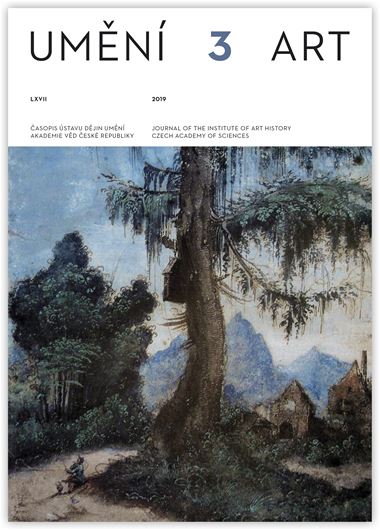Ingrid Halászová
‘Ars magica sive utilitas?’ Reflections on the Magical and Pragmatic Aspects of the Power of Portraits in Early Modern Times
Given the overabundance of portraiture in the modern age, it is somewhat difficult to place ourselves mentally into a position from which we can consider the domestication of this genre. The magical appeal and effects of immediacy which portraits exerted on viewers in the 16th and also for much of the 17th century were very similar to those which were evoked by images from the ‘pre-art’ era and which to a certain extent remain attributes of the portrait-image to the present day. The reins of this potentially magical power of the portrait-image were held in the hands of the artist under the condition that he combine his mental and manual creative abilities to transform three dimensional reality into a two dimensional painted image. A suitably talented and skilled artist was able to achieve not only an unmistakable visual likeness (similitudo) of the image to its subject, but also to evoke the illusion of immediacy (praesentia) and charm from recognition (identificatio). From the perspective of the anthropology of images, the portrait can both ‘pacify’ death and also activate power in the sense of dominating others through ‘imagery politics’, for example in the iconography of official state portraits. A not insignificant role is also played by the spontaneity of memory, that archaic and thus fleetingly intermittent aspect of natural human recollection, which allows portraits to serve as specific places of memory. In considering the pragmatic reasons for the striking success of the portrait in the early modern period it is necessary to pay particular attention to the cultural meaning and social function associated with the form. Portraits found their functional role in a variety of ritual ceremonies connected with both the private and public-official spheres, both in situations of everyday life and of special occasions. They emerged in connection with the birth (with baptism) and death (with the funeral) of an individual, with marriage but also with widowhood; serving as a memento of the fleeting nature of beauty and youth but also as a symbol of the fulfilment of familial, professional, financial and power ambitions and, for example, of idealized heroic ambitions. In other cases, por- traits function as ‘proof ’ of the subjects’ own importance and family pedigree, of friendship and family connections, of contacts with the world of famous and powerful people and, by no means least, of their own political loyalties.
Ingrid Halászová: ingrid.halaszova@truni.sk
Full-text in the Digital Library of the Czech Academy of Sciences:
https://kramerius.lib.cas.cz/uuid/uuid:0ad25dbf-f608-4e71-95d7-719e1477eeee
< back

